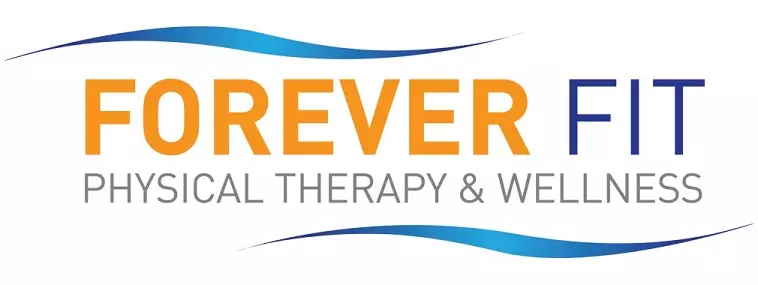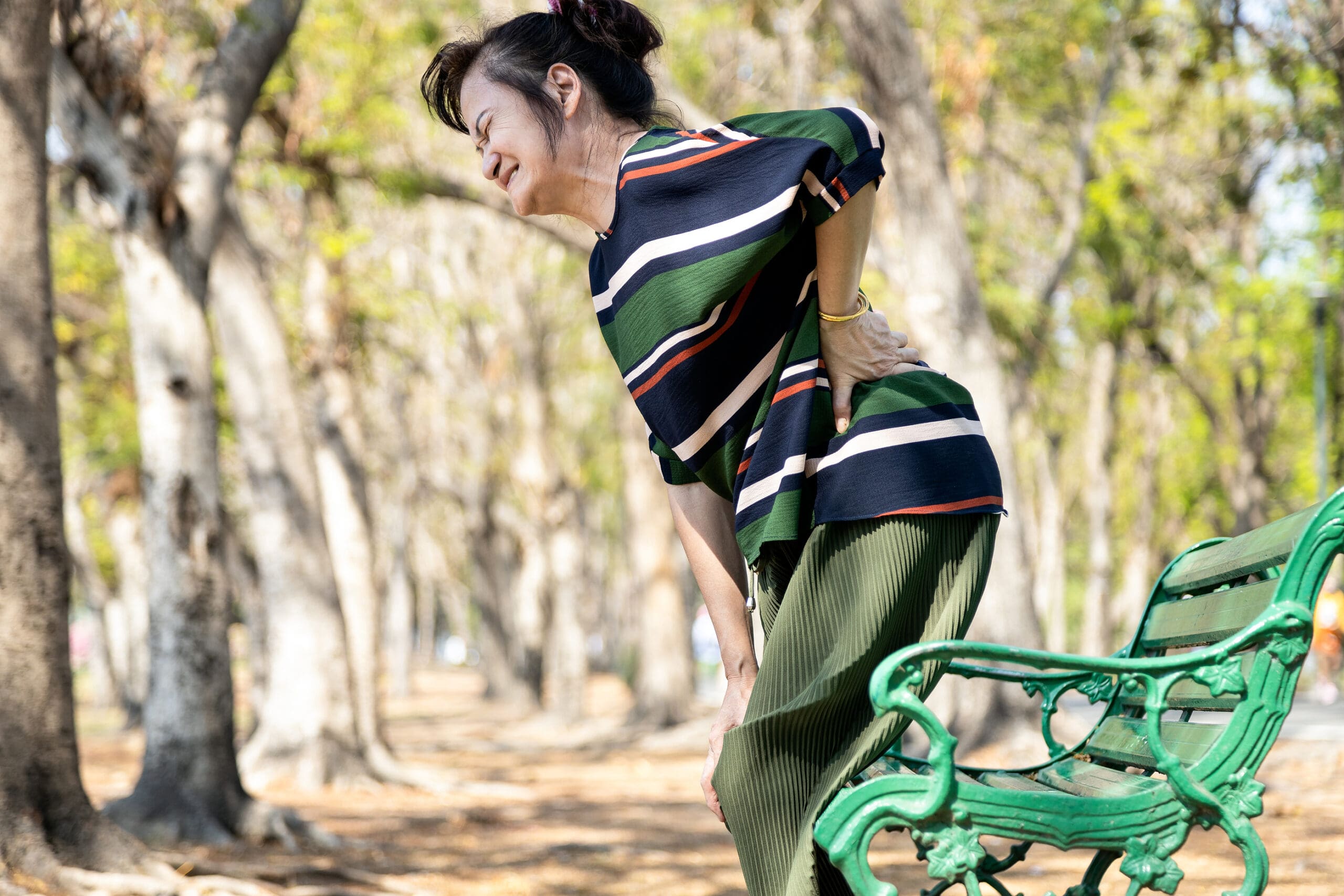No matter how active you are, sitting is an action that you do multiple times a day. You likely even sit for extended periods of time, such as sitting at your work desk or on the couch at the end of a long day. Since many of your everyday routines require sitting, it can be a bit distressing when you start to experience hip pain while in the position.
Hip pain is a common issue, with chronic hip pain having a 10% prevalence rate for the general population. However, you likely only expect hip pain to flare up during strenuous physical activities, or perhaps after standing for too long. If you’re feeling hip pain when you sit, you might have an injury or medical condition that requires treatment, such as physical therapy.
We’ll discuss possible reasons that you’re feeling pain in your hip while sitting. We’ll also discuss how Forever Fit treatments can help.
6 potential explanations for hip pain when you sit
Your hips are joints that help you move your legs to complete everyday movements, including sitting. The hip joint is able to function with the help of other soft tissue, such as muscles and tendons. If you’re experiencing hip pain when you sit, it’s possible that the function of the joint and its surrounding soft tissue has been impacted by a lifestyle habit, condition or injury.
By learning about a few potential causes of hip pain that flares up when you sit, you can determine when to seek further treatment. A Forever Fit physical therapist can do a physical evaluation based on your symptoms and medical history.
Here are six possible causes for hip pain when sitting:
- Poor posture — Your posture may be an unconscious aspect of your everyday movements, and having poor posture can lead to hip pain while sitting. If your back is slouched when sitting, or your hips aren’t even on the chair, it can put extra strain on your hip joints and ligaments. As poor posture is often a habit, you may not recognize the improper way you’re sitting until you feel the ache after the excessive pressure has built up on your hips over time.
- Extensive time sitting — A nonmedical reason for hip pain when sitting is the length of time that you’ve been sitting in one spot. If you work a “9-to-5” desk job, that equates to approximately 40 hours of sitting in a week. If you don’t take enough breaks throughout the day to walk around and use your hip joints, the prolonged period of having your hips pressed against a chair can lead to pain. The same can be said for sitting on a couch for too long or on an unsupportive surface, like bleachers at a sporting event.
- Bursitis — Bursae are fluid-filled sacs located in the hip that work as cushions between soft tissue that surrounds the joint. There are two main bursae in the hip: the iliopsoas bursa and the trochanteric bursa. They can become inflamed from overuse or repetitive hip movements, such as climbing stairs or running. Along with hip pain that may worsen when sitting, bursitis can also cause tenderness in the affected area.
- Arthritis — Osteoarthritis (OA) is the most common type of arthritis that can develop in the hip. It’s a degenerative disease that can cause the cartilage of the hip joint to gradually break down over time, which can result in the bones painfully rubbing against each other. A primary symptom of osteoarthritis in the hip is pain that worsens following strenuous activity or after long periods of inactivity, such as sitting for a long time. OA can also cause a reduced range of motion and stiffness in the area.
- Sciatica — The sciatic nerve begins in the lower back and travels down the back of the leg and into the foot. Pressure on the nerve, from either a bone spur or herniated disc, can cause radiating pain known as sciatica. Since the nerve travels through the hip, sciatica can cause hip pain that flares up after sitting for too long if the nerve becomes compressed in the lower back.
- Pelvic floor dysfunction — Your pelvic floor is a group of muscles and soft tissue. It supports your pelvic organs, such as the bowels and bladder, as well as the uterus in women. If these muscles are too tight or not properly functioning, it can lead to hip pain when sitting, as the pelvic floor muscles and hip muscles are connected. Tense pelvic muscles can also cause pain to radiate to the hip area while sitting.
Forever Fit can help alleviate hip pain that you may be experiencing when sitting
Since sitting can’t be avoided in your day-to-day life, it’s important that the cause of your hip pain is addressed and safely treated. At Forever Fit, we can do a full assessment of your hip’s strength, range of motion and flexibility to determine the likely cause of your pain. We’ll create a personalized treatment plan that can help reduce your symptoms, which may include:
- Manual therapy — With hands-on techniques like soft tissue mobilization and joint mobilization, we can gently break up tight tissue surrounding your hip joint that’s reducing its range of motion and function.
- Graston Technique® — With stainless steel instruments, we can focus on the trigger points contributing to your pain as a way to alleviate muscle tension.
- Dry needling — By inserting thin needles into the affected muscles or trigger points, we can stimulate muscle contractions to release the tension.
- Strengthening and stretching — We can guide you through safe and effective exercises that improve your hip joint’s range of motion as well as the strength of the affected muscles.
- Pelvic rehabilitation — If your hip pain is stemming from pelvic floor issues, Forever Fit provides pelvic rehabilitation, such as therapeutic exercises, at many of our offices, including the Gaithersburg and Rockville, Maryland, locations.
Contact our team today for more information or to schedule an initial appointment.

